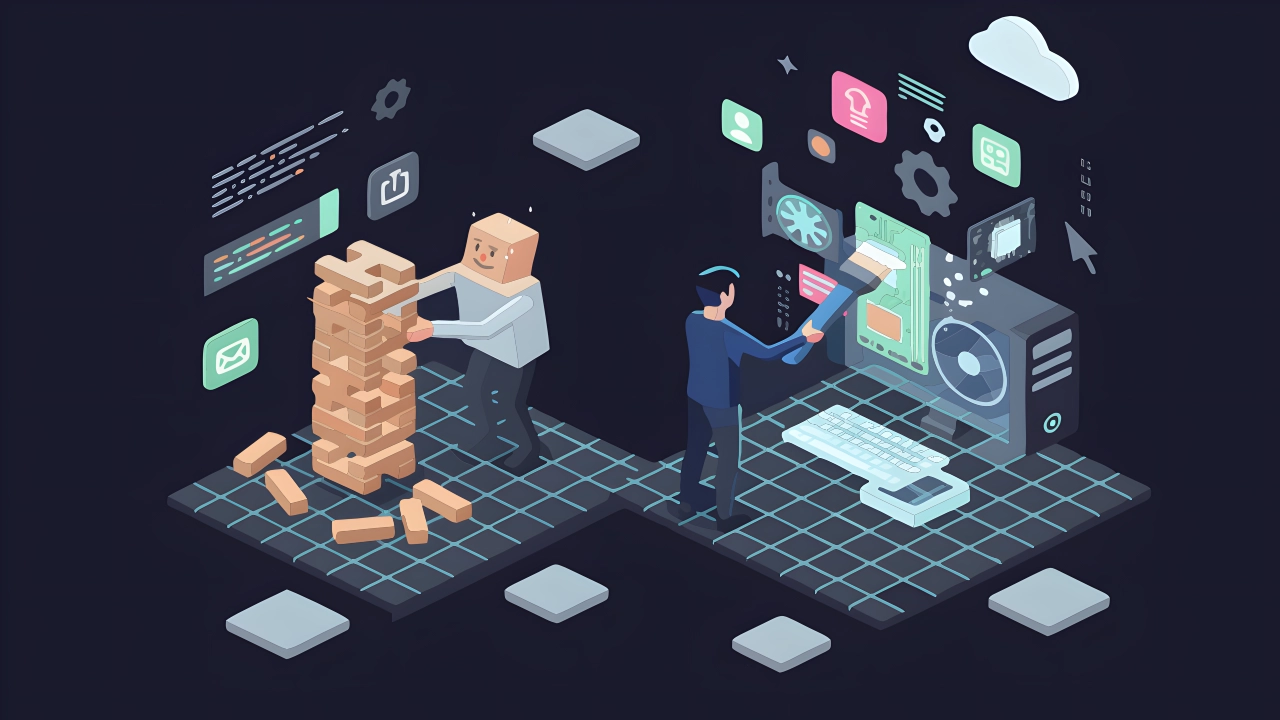B2B and B2C — when one letter makes all the difference
You've probably heard of both B2B and B2C marketing. There is no doubt that marketing communications need to be designed according to channel, target audience and business objectives. B2B marketing is aimed at businesses and B2C is for private consumers. We will discuss the concepts below and tell you more about what differentiates them.
What does B2B and B2C marketing stand for?
B2B means business-to-business and can be, for example:
● A SaaS company that offers HR tools to the HR department of a large company
B2C means business-to-consumer and is the sale of goods and services to individuals. Some examples include:
● A company that sells shoes, alternatively a music service that offers users a subscription to new music
Sometimes these two types of marketing can be combined because a company can both sell shoes to those who are going to a party for the weekend and work shoes for restaurant staff.
The relationship with the customer in B2B and B2C marketing differs
The first thing that differentiates B2B and B2C is the view of the customer or recipient on the other end. In B2B, the main focus is on building strong and personal relationships that produce long-term effects. The company's own brand is strengthened, distinguishing it from competitors. The aim is to create new leads and then retain those contacts. Therefore, much of the marketing work is done online but also offline in the form of fairs, conferences and workshops. There are great opportunities to create synergies between digital and traditional marketing. A deal is not just a quick transaction but instead the customer continues to shop/order for a long time to come.
Instead, B2C is a direct transaction between the company and the customer. Someone wants a pair of red shoes, clicks into the e-commerce store and buys them. However, there are several aspects that determine whether the shoes are finally clicked home. Marketing in B2C focuses on the entire customer journey with the goal of making it as streamlined as possible.
At the beginning of the customer journey, it is about making the customer aware of the product and therefore advertising about the red shoes is a common feature. Marketing can be stepped up through other channels. An example is a newsletter that tells us that there is now a 20% discount on all red shoes.
Brand-building is important - but it can be done in different ways
Since B2B is more about the long term, it is important to continue to deliver value over time. It is also smart to let the company's identity shine through, which is why many people work with social selling and allow employees to be good ambassadors.
In B2C, it is important to hone communication and create positive feelings about the brand. Visual content, selling copy and moving image are a must. Many B2C customers also want to strengthen their identity by identifying with a brand. An example is that sporty people are happy to buy clothes from Adidas or Nike. And who doesn't know a slogan like Just Do It?
The decision-making process for B2B and B2C customers
B2B customers look more rationally at the deal itself and ask themselves whether the investment is worth the money. As a marketer, it's important to understand how you can help in the process and deliver a message that focuses on problem solving. B2B customers want to be educated in this area.
B2C customers are somewhat more flexible when deciding to purchase a good or service. They also tend to find it easier to jump over to another solution if the price is better. It's about capturing customers when they're at the beginning of their buying journey and it's best done by mirroring their search behavior. The customer may already be looking for a pair of shoes. Digital marketers can therefore work with SEO and use the search phrase red shoes. This keyword can then be used in texts or advertisements. It's a lot about timing and being where the customer is. Other components that are significant for the buying journey are that it should be easy to check out at the checkout. It is important that the payment options and delivery methods fit the customer's preferences. The time aspect from order to delivery is crucial.
Different audiences, different messages
B2B addresses larger groups and clusters of stakeholders, often within the same company. At the company, there are usually a lot of people involved in decision-making. B2C is aimed directly at the end customer.
As for the language, there is terminology in B2B marketing with more authority to find like-minded business partners. B2C is characterized by an everyday appeal that reflects the customer and its needs.
Want help with B2B marketing? We'll fix that at LAPS!
We hope that we have summarized the most important things in B2B and B2C marketing so that you can quickly implement the right marketing measures. We are available if you need tips on effective B2B marketing.









